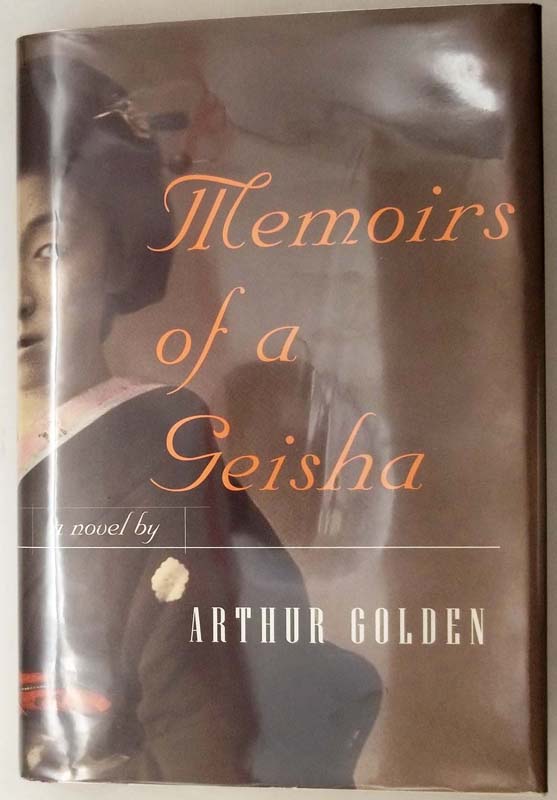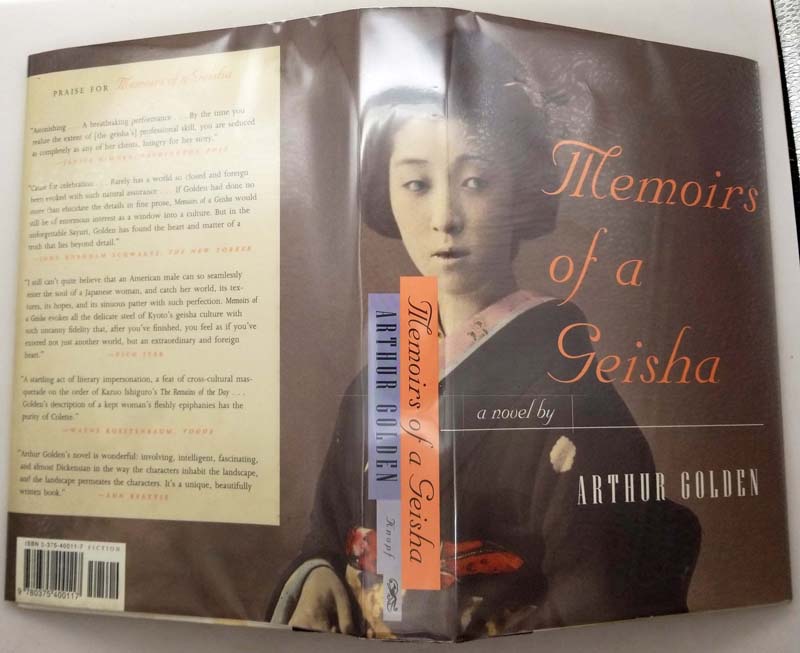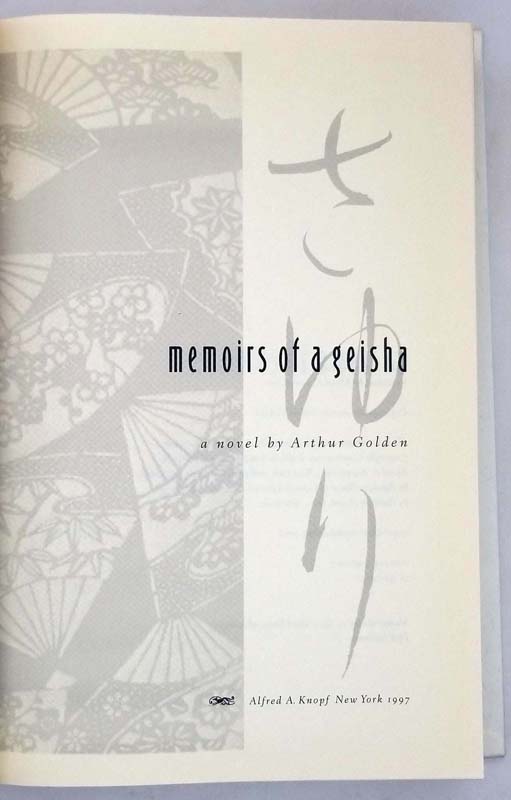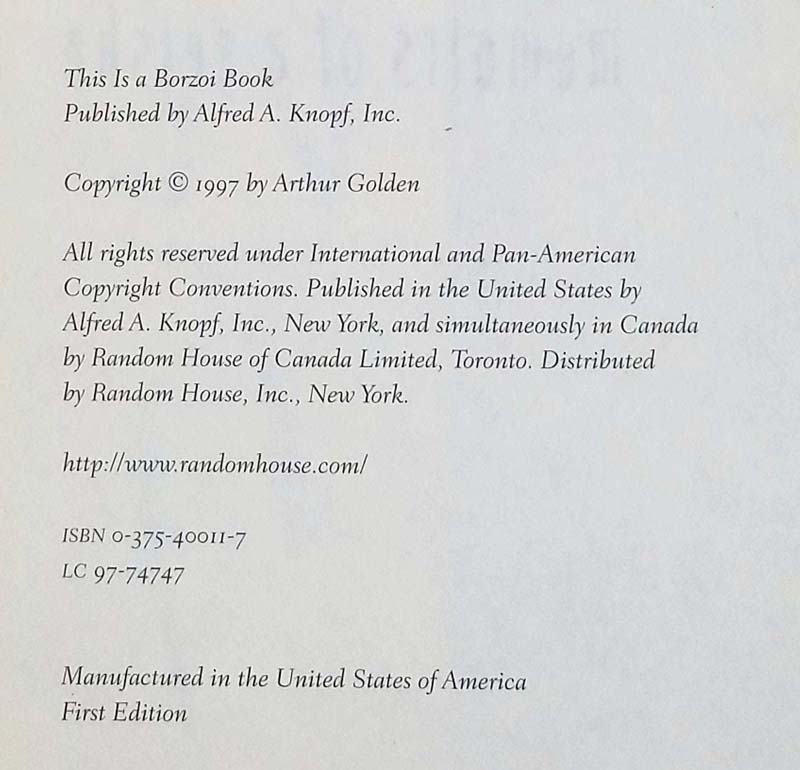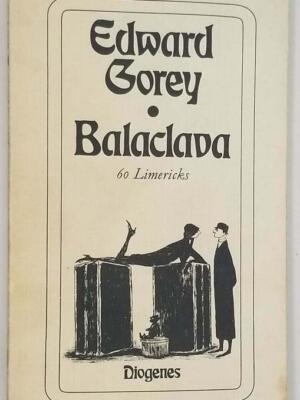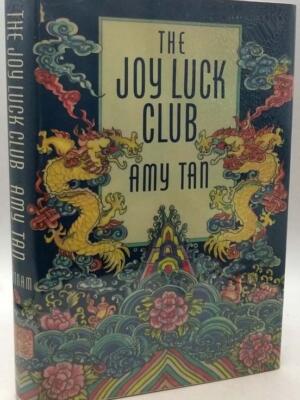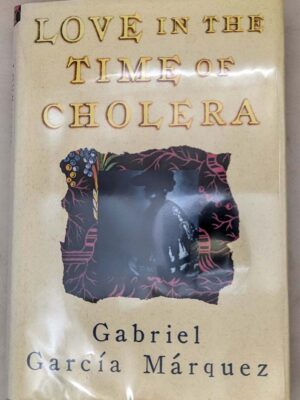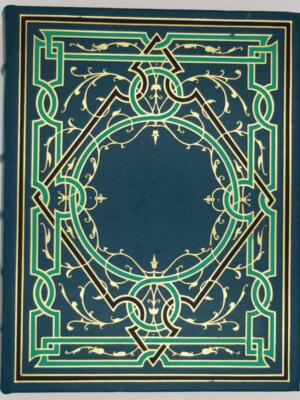Memoirs of a Geisha (1997) by Arthur Golden is a lyrical and immersive historical novel that unveils the secretive, glittering world of Kyoto’s geisha culture in pre- and post-war Japan. Told through the fictional memoir of Sayuri Nitta (born Chiyo Sakamoto), the story traces her transformation from a impoverished fishing-village girl into one of Japan’s most celebrated geisha, navigating a life of artistry, rivalry, and survival.
Golden’s richly detailed prose—informed by years of research and interviews with real geisha, including Mineko Iwasaki (who later sued over disputed portrayals)—captures the rigorous training, political intrigue, and emotional sacrifices behind the geisha’s iconic white makeup and silk kimonos. Central to the plot is Sayuri’s longing for the enigmatic Chairman, her fraught relationship with the manipulative Hatsumomo, and the mentorship of the shrewd Mameha.
The novel’s controversies (criticism of cultural appropriation, factual inaccuracies) are tempered by its hypnotic storytelling and cinematic beauty—epitomized by Rob Marshall’s 2005 film adaptation starring Zhang Ziyi.
A masterpiece of historical fiction, Memoirs of a Geisha remains a bestselling portal into a vanishing world of discipline, desire, and delicate power.
